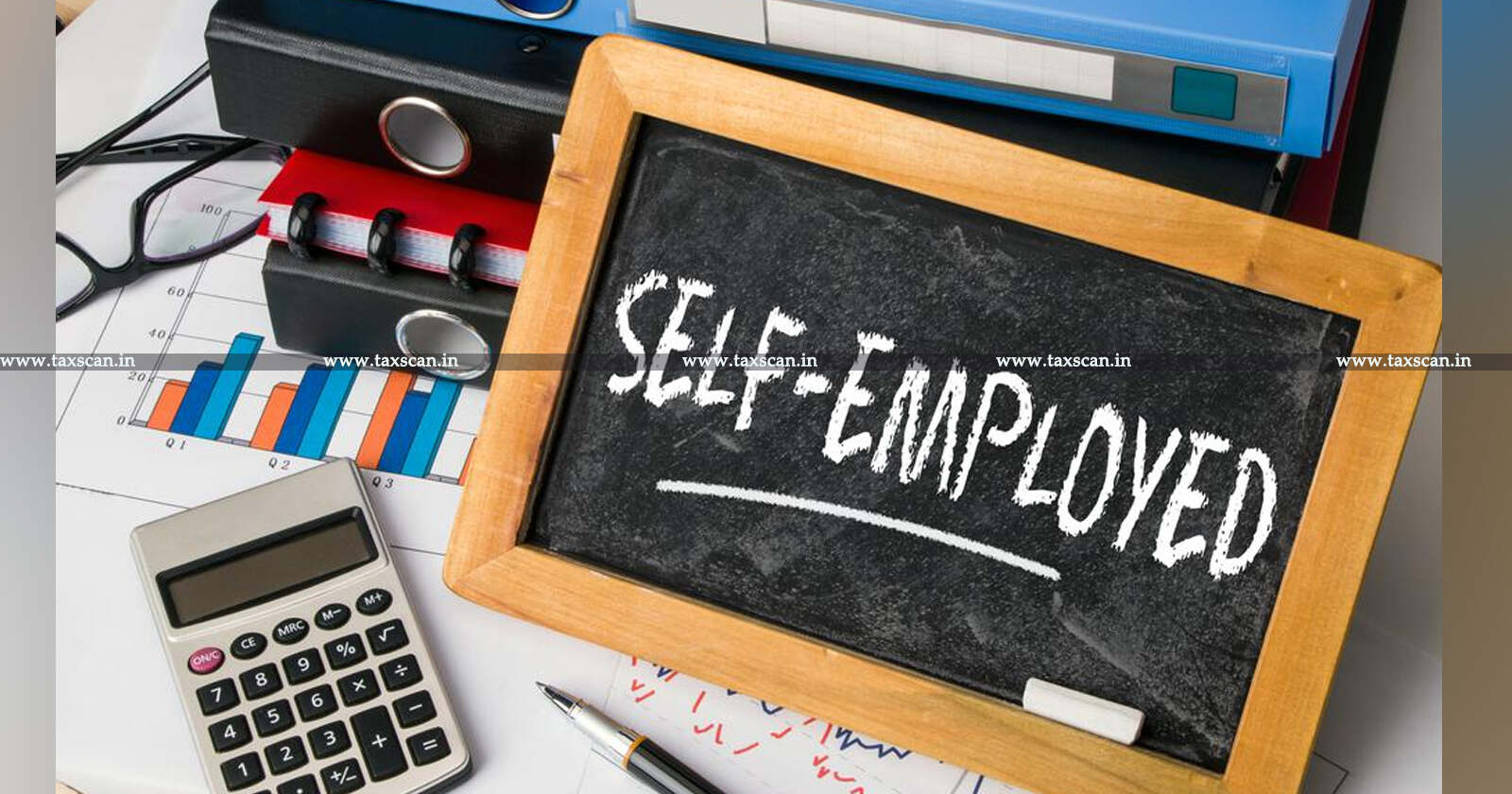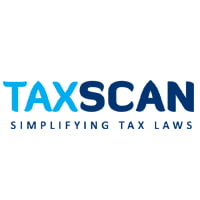Understanding Income Tax for Self-Employed Individuals: A Complete Overview

Understanding Income Tax – Self-Employed Individuals – Income Tax – taxscan
Understanding Income Tax – Self-Employed Individuals – Income Tax – taxscan
The term “Self-Employed Individual” means any person who is a business owner or a professional who makes income by selling his or her services to different employers without binding a full-term contract with any of them. These are persons involved in a variety of occupations but generally are highly skilled at a particular kind of work. There is no fixed salary or income from any organization. Examples of Self-employed individuals are a writer, freelancers, insurance agents, lawyers, traders/investors, salespeople, doctors, architects, painters, sculptors, authors, auditors, tradesperson, etc.
Self-employed individuals can file their income tax return (ITR) through an ITR-4 or ITR-4S. The ITR-4 form is for individuals who are earning from a professional or proprietary business, while the ITR-4S form is for those individuals who have a presumptive business income. The Income earned by a self-employed individual is logged under “income from business or profession”. There are mainly two ways in which taxation of self-employed persons can be undertaken:
- Self-Employed Individuals Taxes Under the Presumptive Taxation Scheme
When an individual chooses to file their taxes under the presumptive taxation schemes, then he/she cannot claim any expenses or deductions. There are some points to keep in mind while choosing this type of method:
- Annual turnover must be below Rs. 50 lakhs in gross receipt or below Rs. 2 crores in business turnover.
- The minimum income for professionals is 50% of the gross receipt.
- The minimum income for a business owner is 8% of the gross receipt.
- The minimum income for the digital receipts is 6%.
- Self-Employed Individuals Taxes Under the Real Profit Scheme
When an individual chooses to file their taxes under the real profit schemes, then he/she shall be eligible to claim or deduct expenses from the taxable income. There are some points to keep in mind while choosing this type of method:
- When income exceeds Rs. 50 lakhs per annum, then the books of accounts shall be audited by a Chartered Accountant.
- The Individual shall maintain receipts and vouchers as valid proof of the expenses claimed.
Process for filling Income Tax for the Self-Employed Individuals:
- Understand the Tax Treatment: The income tax return for self-employed means that the individual has to pay taxes on the combined income earned in a particular financial year. All the earnings irrespective of the amount should be added to the gross income for the year.
- Choosing the Right ITR: Selecting the right ITR is a crucial step for e-filling your income tax returns. If an individual is having any doubt in choosing the right ITR then he/she can consult a professional about which ITR to file.
- Compute the Tax Deducted at Source (TDS): The self-employed individuals who are professionals and send receipts to clients will have tax deducted at source at 10%. The TDS will be reported by the Income Tax Department. Based on the expenses and deductions claimed the individual can claim a refund on the TDS.
- Claim Business Expenses: In the case of a business operator, the individual can claim expenses for his/her business. This may include the rent, salary, depreciation of equipment, travel, phone bills, etc.
Support our journalism by subscribing to Taxscan premium. Follow us on Telegram for quick updates


